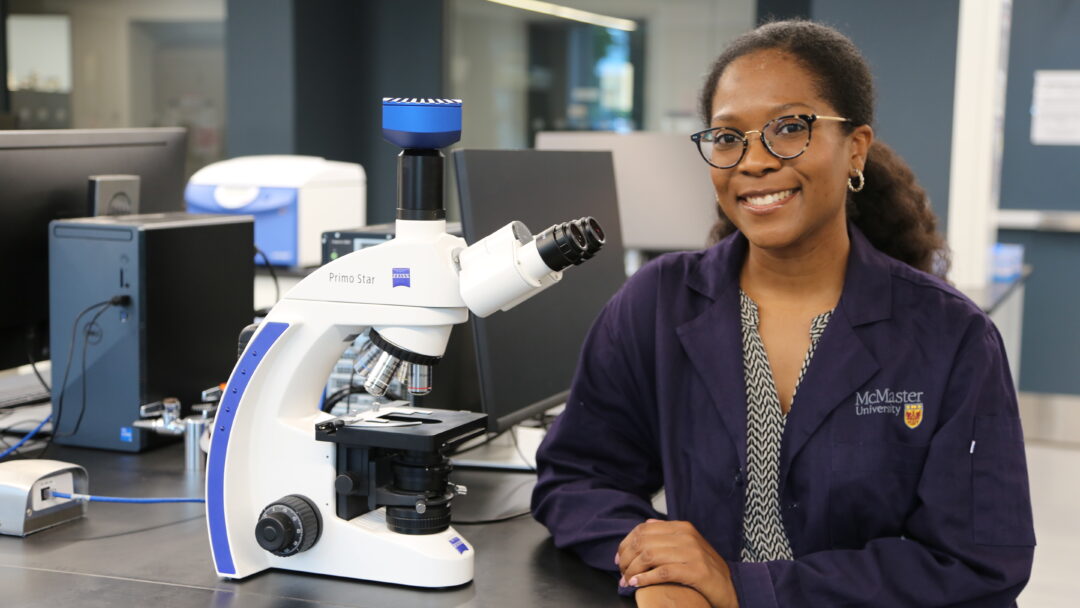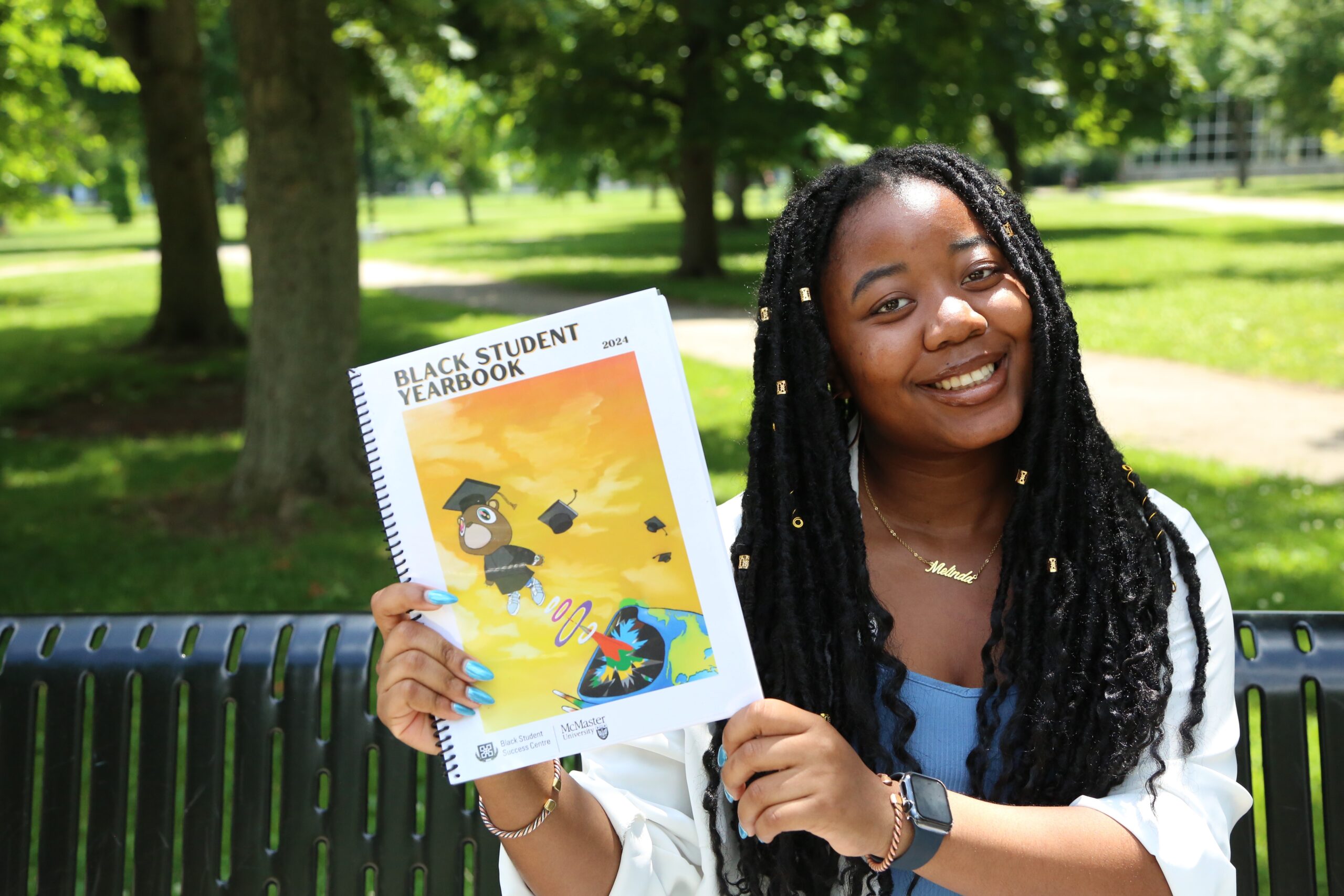Dr. Katie Moisse talks to Toronto Star reporter about Risk Budget
How a ‘risk budget’ is helping some Ontarians navigate a spring without COVID public health restrictions
The harm reduction approach means you can still find ways to enjoy life without acting like the virus isn’t there.
Story originally posted Thursday March 24, 2022 by May Warren, Staff Reporter, Toronto Star
A Dance class, a live play, the chance to hold a friend’s baby, even a family trip to the zoo.
These are some of the moments many Ontarians have missed out on over the last two years of the pandemic and are looking forward to again now with the peak of Omicron in the past.
But with public health restrictions, including masks, now dropped, and messages from politicians that COVID-19 is done, it can be difficult to navigate this sometimes-jarring new reality.
Instead of acting like it’s 2019, one approach to this confusing time is to employ a personal “risk budget,” taking small risks for meaningful memories while maintaining precautions in other areas. The size of a group, vaccination status, ventilation in a space, and time spent unmasked are all factors to be considered when deciding when and where to “spend” the budget.
“Everyone is so tired of (the pandemic). We wish that it was over but it’s not,” said Sasha Singer-Wilson a theatre artist and mom to an almost three-year-old daughter.
“So what are the tools that we can use to be making our decisions?”
Vaccines and new treatments have changed the game, but kids under five haven’t had any shots. Older and immunocompromised people still face risks, and according to the Ontario Science Table, the COVID wastewater signal shows an uptick in community cases. Hospitalizations and ICU occupancy have plunged since early winter, but test positivity is up.
In this context, many, including Singer-Wilson, are continuing to mask inside public spaces, even now that the provincial mandate has expired, as a way to “save” on a risk budget.
She also uses rapid tests when possible, and checks in with friends to make sure they are fully vaccinated and don’t have any symptoms or recent exposures, before meeting.
The 35-year-old recently went to a live production of the dramatic comedy “Gloria,” where the audience was masked, the first live play she’d been to in two years.
A friend from Vancouver will stay with her this spring, and she recently saw another friend’s pandemic baby.
“We rapid tested, we made sure there were no symptoms or anything. It was like this is a risk I’m willing to take,” she said. “It was worth it.”
Aside from her daughter Lola being too young to be vaccinated, Singer-Wilson doesn’t have any personal COVID risk factors, and she is triple-vaccinated. But, she stressed, it’s not all about her, but also the more vulnerable people she could potentially pass the disease on to.
That’s also how Samantha Yammine, a science communicator with a PhD in cell and molecular biology and neuroscience, feels.
On Monday, as the mask mandate expired in Ontario she tweeted that she’d continue to wear one in public spaces, saving her risk budget for “moments when it’s more meaningful to not mask.”
Many reached out saying the framework resonated with them, but there can be some “gaslighting” for continuing to be cautious, she noted.
“I feel really confident with the tools I have. I’m not really afraid, I’m just trying to be courteous,” said Yammine, who goes by “Science Sam” on social media.
Yammine, personally wears a KF94 mask (a higher quality than a surgical mask) in indoor public spaces, but sees small groups of friends inside, unmasked, with rapid tests. She tries to keep these gatherings to a minimum, and they throw on an air purifier if there is one. If she’s seeing someone more vulnerable, like her niece who’s too young to be vaccinated, she will hold off on other plans that week.
Just like a real budget, a risk budget can be bigger or smaller depending on your own personal health and that of people in your household, said Katie Moisse, an assistant professor at McMaster teaching science communication.
Moisse and her family have a relatively small risk budget, she said, as they often visit with her parents and grandparents who are in their 90s. But they prioritized playdates for their daughter, aged 5 and son, aged 8, and family trips like a recent outing to Niagara Falls that included glow-in-the-dark mini golf and a rare lunch out, and a trip to Ripley’s Aquarium.
“I think it’s a helpful concept in reminding us that we can splurge every once in a while,” she said. “And then stay within the budget in other ways”
Read entire Toronto Star article
Related News
News Listing
Generative Artificial Intelligence in Life Science and History Courses: Experiences, Opinions, and Policy Implementations
Uncategorized
October 24, 2024

Not the usual lesson in chemistry – assistant prof turns labs into an escape room for next gen scientists
Uncategorized
August 6, 2024

August 2, 2024
